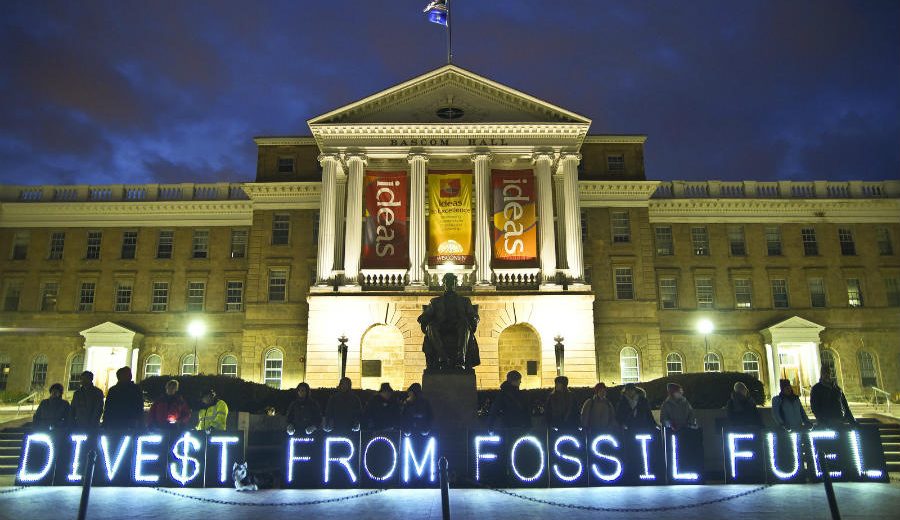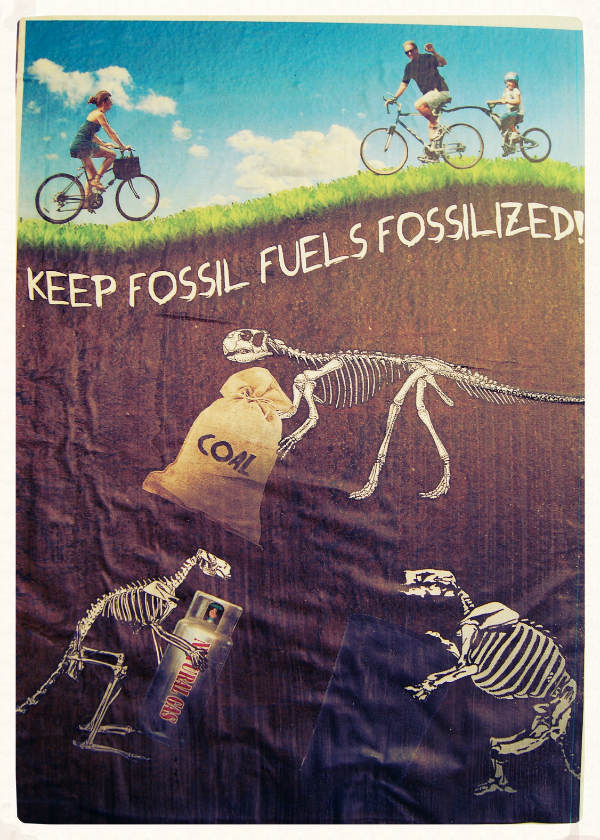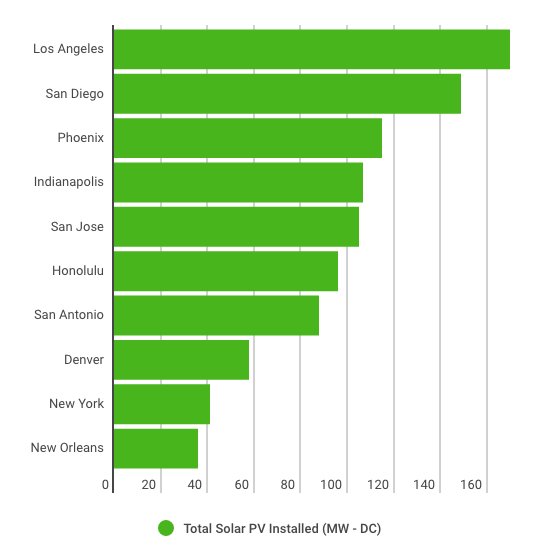Why Not Just Make Fossil Fuels Illegal?

For ten long years now, we have been arguing over whether it is cap-and-trade or a carbon tax that might be the most effective “nudge” to get us to switch away from fossil fuels.
But are we overlooking the more direct policy approach?
When something is dangerous we make it against the law, and punish those who break the law with fines and imprisonment.
We wouldn’t propose a “free market-based” approach to dissuade people from killing people. There is a mandate: you cannot kill people.
Similarly, we have used mandates to require utilities to procure more renewables.
When utilities are required by law to get X percent from renewables, they do. There are penalties when they break that law.
We know that climate change represents the greatest danger humanity has ever faced. We know the solution: replace fossil-fueled energy with clean energy.
We know it can be done. Stanford research teams have done exhaustive studies that have shown we can be 100% renewable, by running the grid on clean energy resources like solar and wind, and switching to driving electric cars on renewable power.
Yet, rather than making fossil fuels illegal, we keep arguing about which “market-based” nudge like carbon taxes and carbon trading should we try to motivate each other with, in order to put an end to this danger.
It is still perfectly legal to sell cars that run using fossil fuels. It is still legal for utilities to sell electricity made using fossil fuel.

If it were illegal to sell any more gas cars after say; 2030, automakers would have enough warning and be already making the switch to offering only EV models far in advance to iron out the challenges before their competitors get their own versions on the market.
If we make it illegal for utilities to burn any fossil fuels electricity by a similar time, they won’t.
State level mandates are working.
We have already successfully raised the percentage of renewable energy on the grid using utility mandates on a state-by-state basis in the US, from 0% to up to 30%, under the Renewable Portfolio Standards (RPS). RPS legislation made it punishable if utilities fail to meet the percentage required.
A recent analysis by Laurence Berkeley Laboratories (LBL) has confirmed that mandates have actually proved to be the most effective way to ramp up renewables fastest.
Without engaging in endless arguments to win over voter buy-in, renewable energy mandates have simply been enacted in more and more states by each state’s Public Utility Commission (PUC). Utilities are regulated by state PUCs.
The state with the oldest mandate is Iowa. Its RPS began in 1983.
The effect has been dramatic. Coal still made up 70 percent of energy generated by its largest utility, Mid American Energy, in 2004. As of 2016, Iowa’s biggest utility now generates 60% from wind, and has just made a new investment that will bring it to 85% wind-powered.
“Iowa and MidAmerican’s rapid transition from dirty coal to affordable wind offers a game-changing new model for how utilities will reach 100 percent renewable energy more quickly than anyone would have predicted,” noted Bruce Nilles, senior director for Sierra Club’s Beyond Coal Campaign.
Another early mover, Texas; enacted an RPS in 1999 — requiring 2 GW of new renewable energy capacity by 2009. In 2005 UCSUSA advocated for doubling that to 5 GW by 2015.
But by 2015, Texas had far surpassed that with three times that much renewable capacity in wind alone – at 16 GW. This year, solar is beginning to take off flying in the state with 6 GW. UCSUSA predicted in 2005 that for Texas to be 8% renewable, it would take till 2025. By 2015, Texas had already surpassed that.
Iowa and Texas started early and took it slow. This gave developers and utilities lots of time to develop the new technologies.
California started later, but demanded faster action.
In 2003, California adopted an RPS mandate that its utilities get 20% of all their electricity from new renewable sources by 2010; only seven years away.
For a state of over 30 million at that time, and the sixth-largest economy in the world – and a practically non-existent solar industry in 2003 – a 7-year deadline was amazingly ambitious.
A large-scale solar or wind project of 100-400 MW can take up to five years: two years to permit, a year to finance, and up to two years to build.
Soon contracts were flying for solar farms of 100 MW and up to almost 600 MW.
Ramping up fast, California utilities made it to 20% renewable by 2013 and have since been sailing comfortably well above their required RPS. By 2014, all three utilities had exceeded the 2015 target of 25% renewable, and as of 2016, the three IOUs have already contracted for more than their 33% target for 2020, with contracts for well over the 33% required: as much as 43%!
The bids received for the 2020 target, if all were adopted, would have replaced literally all the electricity on the California grid and supplied 100% of the load from renewables.
At this rate, clearly California is going to be 33% renewable by 2020.
California utilities initially plan to order a little extra, in case a particular developer fails to perform. In that case, that contract is canceled and a new one is signed with another developer who (hopefully) has a better shot at getting their project financed and built on time.
But as time goes on, finance entities are getting more comfortable with solar and developers are getting more experienced, such non-performance milestone cancellations are more and more infrequent.
From a nearly non-existent solar sector in 2003 when the legislation was enacted (wind had a bit of a head start), California is now the biggest renewable market in the US.
In a sense, California already runs a $500 billion economy on 100% renewable energy:
California is the 6th largest economy globally at $2 trillion – and generates well over 25% of its electricity from renewables. So you could argue that 25% of $2 trillion – or $500 billion – is created using 100% renewable energy.

Here’s a way to understand what it means when a state runs on 25% renewable energy. It is as if it runs on 100% renewables alone for the first quarter of each year – for January, February and March. Or if its a 50% mandate, that’s like running on 100 % renewables half the year. January till June, clean. July to December, dirty.
Taking this up to 100% year-round is the next step.
Increasingly, 100% mandates are in fact starting to happen. States have started to legislate a mandate to get to 100% renewable electricity. At the local level, 100% mandates are starting to be seen, in cities like San Diego and Las Vegas, and states like Hawaii. California is steadily ramping up its current few percent mandate for electric vehicles to get to 100% by 2030.
And now, at the federal level, for the first time, House Democrats have proposed a nationwide 100% renewable energy mandate.
Changing the world is actually not that hard.
State level RPS mandates have worked and will continue to work as long as they keep raising the bar. State PUCs can mandate that utilities follow the law or pay a penalty. No state has failed to meet whatever is mandated.
When utilities are forced to procure more renewable energy, they do. Renewables get procured. End of story. No elaborate arguing about which tender nudge might possibly have the most effect on the delicate sensibilities of the market.
Since preventing catastrophic climate change is not just a ‘nice to have’ but is actually a ‘must-have’, preventable causes of climate change like fossil energy should just be illegal.
